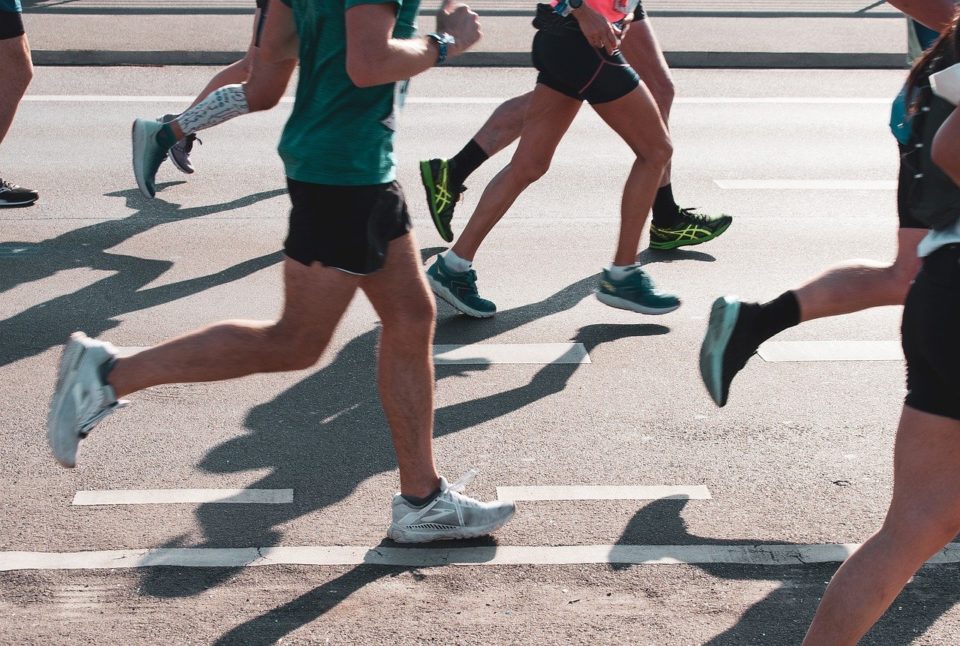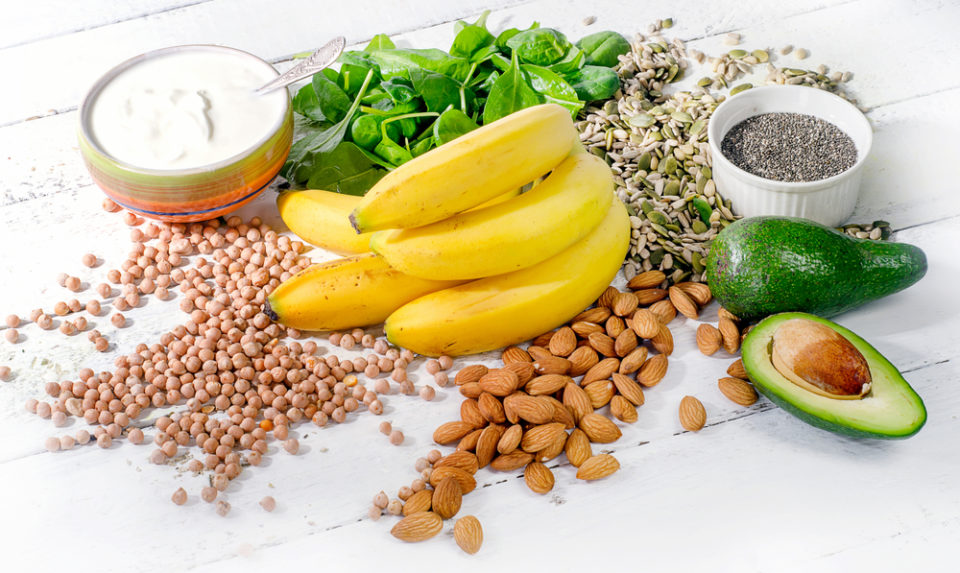
Do you want to finally run a half marathon this year? Are you unsure about how you should train for a half marathon and are asking yourself what your training plan should look like? Are you wondering what you have to be mindful of? Or perhaps have you already run half marathons and want to get started again after taking a long break? pjuractive wants to support you, which is why we have summarized below all of the important training tips for your journey to preparing for a half marathon.
How and how long do I have to train for a half marathon?
For a start, you should plan a specific training schedule, because without training, you will find it hard to finish 21.1, or to be precise, 21.0975 kilometers. You should plan to train for 10 to 12 weeks regardless of whether your half marathon will be your debut or whether you want to run a half marathon again after a long break. During this training period, you will not run the 21.1 kilometers a single time, but instead will do distances ranging from 15 to a maximum of 18 kilometers. It will only be time to tackle the entire 21.1 kilometers stretch on the day of the competition.
If you are not just focused on participating in the event itself and are more concerned about completing the half marathon within a certain time, you should incorporate racing speed stages into your training sessions at some point. Little by little, you should make these stages, or speed variations, longer and at some point, change over to interval training. During interval training, fixed stages at racing speed are done, such as 3x2km, 3x3km, 5x2km etc. You can find more information in this article on other speed variations that you can incorporate into your training.
Generally speaking, it is important for your body to be exposed to new stimuli while training for a half marathon. You can do this by combining slow, progressive and fast endurance runs, sprints, speed variations or even interval training as mentioned above.

We have put together a few other fundamental rules that you should follow when training for your first or your next half marathon:
- You should only run the entire distance on the day of the race.
- The last week before your half marathon is intended more for recovery than for excessive training.
- You should plan to do your last really long run three weeks prior to the day of the race.
- The last long run should be an endurance run at a relaxed pace.
- You can see how you manage running under race-like conditions by scheduling a 10 km test run three weeks before the half marathon at the latest.
- It is important to do tapering at least one week before the half marathon. Tapering refers to taking a recovery break before the race in which you are supposed to only expose your body to mild strain, sleep a lot, eat well and relax.
And yet all these tips can’t help you without the right training plan. We did our research and came up with a few good training schedules so that you can find the one that is best for you:
https://fitnessista.com/how-to-train-for-a-half-marathon-while-strength-training/
We would definitely recommend following a training schedule to give you orientation about where you stand at any given point in time and so you can see how long you have until the date of the half marathon you are planning to participate in.
And make sure you take breaks to regenerate. Your body needs them so that you can perform your best.
What you should eat while preparing for a half marathon
In addition to training sessions, your food intake is also essential when it comes to preparing for these types of races. Food frequently only becomes an issue just before a race, but you should also pay attention to certain things when preparing your meals, especially in the last week before the race. Carbohydrates should make up 55 to 60 percent of your meals. This ensures that your glycogen reserves are always full. You can rely on pasta, rice, potatoes, whole wheat products, or fruit and vegetables to meet your carbohydrate requirements. If you integrate fruit and vegetables into your meals, you will also be consuming important minerals and vitamins. And of course, be mindful of the fat content in the meals you consume. You should try to keep it as low as possible, otherwise you will be storing fat, which would be counterproductive.
If you follow these fundamental nutritional rules while training and preparing for your half marathon, you can prepare your body for the upcoming athletic challenge in an optimum way.

Eating and drinking before and during half marathons
It is essential to take into account what food you eat, especially one hour prior to a half marathon, as it can greatly impact your performance. You should make sure to increase the share of carbohydrates you are consuming up to 70% around three days before your race. We also don’t recommend experimenting with food right before the race. Only eat food that you know you digest well and do not go overboard with carbs. While fun pasta parties the night before a competition are popular, you should listen to your feeling of satiety. What is more, it makes more sense to eat five to six smaller meals the day before your half marathon. In the process, you should pay attention to the amount of fiber you are eating. It should not be too high, because fiber stays in the gastrointestinal system for a long time and it could cause you problems during your race.
About three to four hours before the start is the right time for your breakfast. It should consist of 100 to 200 grams of carbohydrates, be low fat and low in fiber. White bread rolls, bread or toast, as well as bananas, rice pudding or even porridge are great choices. If your half marathon starts a little later in the day and there are more than four hours between your breakfast and the start, you should nourish your body with a small snack, such as a banana or a smoothie.
During your half marathon, you do not need to think about food. Your body can handle a distance of 21.1 kilometers with enough replenished glycogen reserves. The situation is a bit different with a marathon, but we have not got there yet. ?
In addition to eating, drinking during a half marathon is an important topic. Normally our bodies can manage to run for 60 minutes without having to consume liquids. However, if you are running at your limit and are sweating more, it can be useful to already start drinking liquids after 30 minutes into the race. Drinking around 30 to 100ml isotonic drinks or water every 30 minutes is perfect if you are running a half marathon. This is why there are tables with water available to you at regular intervals during the race.
Once you have managed a half marathon, you may initially stop training and allow your body some time to regenerate, but right after the race you should help your body rehydrate by drinking between 600 to 1200 ml of fluids. It is important to replenish the fluid you lost through sweating during the race.
And there is always the risk with long distance runs that skin sores can develop through chafing. To avoid this, you should apply our 2SKIN to the areas on your skin that you feel are sensitive. It forms an invisible protective film over these areas so that you can safely finish your half marathon without any pain! This is another thing you should not forget while preparing for your half marathon!
Good luck with your (first) half marathon ? You can do it!
Image sources: shutterstock_1903417390, running-g6c2132f43_1280, shutterstock_531047605